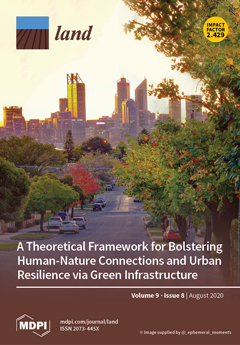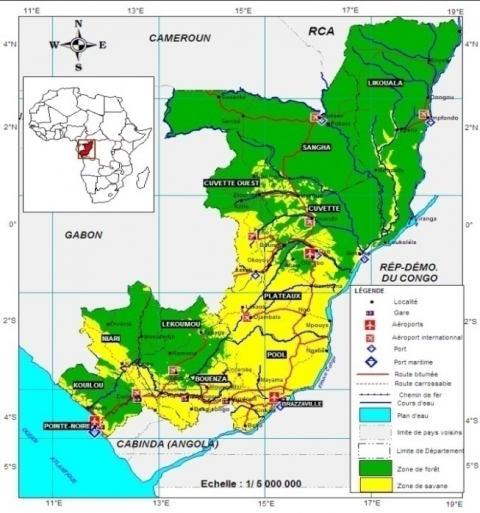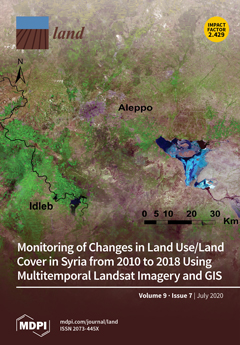Landscapes and Services in Peri-Urban Areas and Choice of Housing Location: An Application of Discrete Choice Experiments
The recent decades have witnessed a significant increase in the population in peri-urban areas which led to a progressive transformation of peri-urban landscapes, and the reduced ability of agriculture to provide ecosystem services. In order to understand the complex relationships established in peri-urban areas between reference urban centre, urban services (US) and ecosystem services (ES), with particular attention to the landscape, a Discrete Choice Experiment (DCE) was carried out in the transitional peri-urban areas of six municipalities located near the city of Perugia (Italy).







